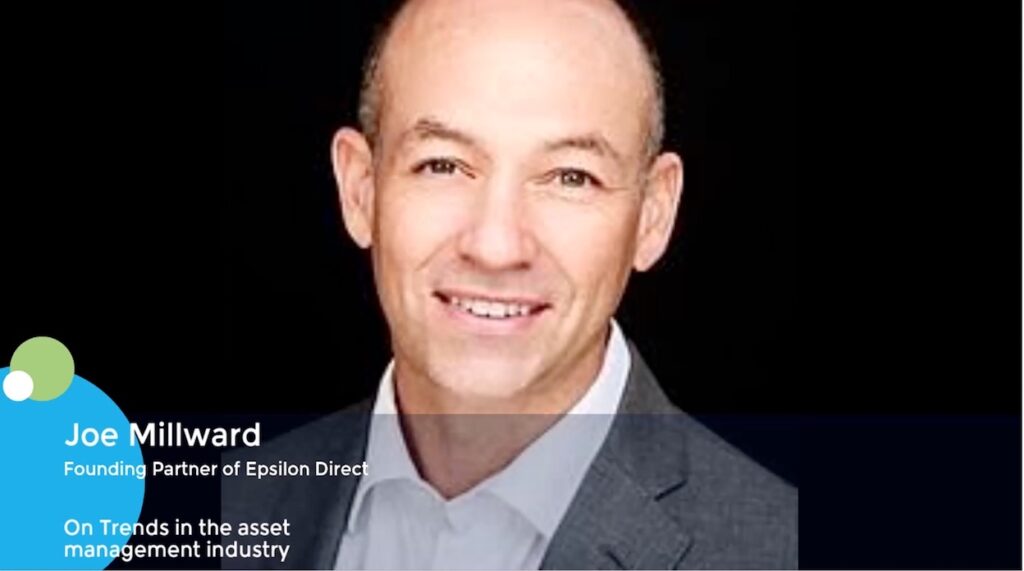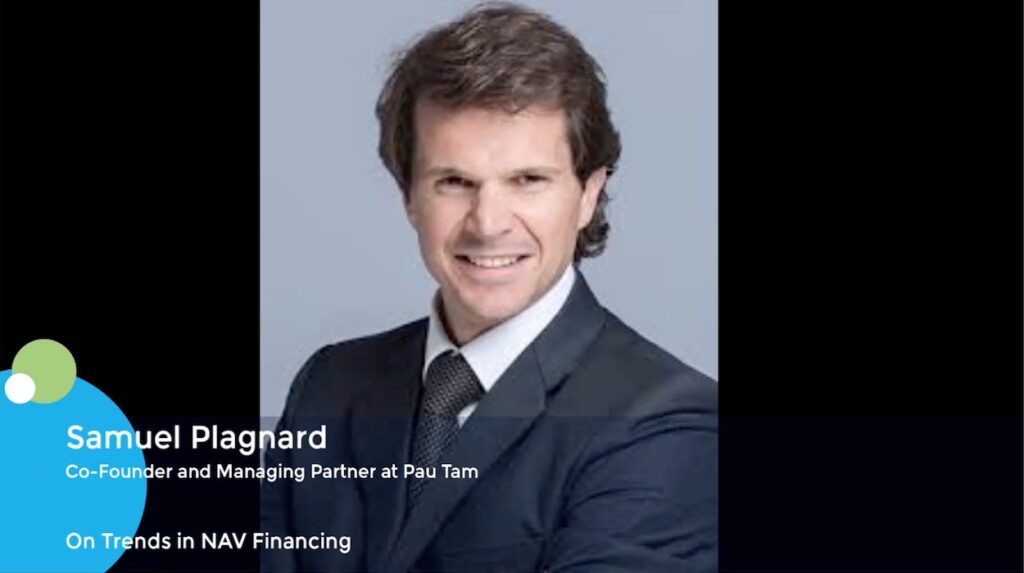Reidun Tysseland, Managing Partner of Cubera Private Equity, of attractiveness of private equity as asset class
In the latest ION Influencers Fireside Chat, Reidun Tysseland, Managing Partner at Cubera Private Equity, explores why private assets continue to hold investor appeal despite higher interest rates, tighter liquidity, and a more selective fundraising environment.
Tysseland shared perspectives from two decades in private equity and investment banking, covering returns, fee models, consolidation, ESG, and the future of democratization in private markets.
1. Cubera’s Nordic Roots and Global Reach
Founded as one of the dominant private equity fund managers in the Nordics, Cubera manages €5.5 billion with a team of 40 professionals.
The firm operates across two divisions:
-
Nordic funds, focusing on primary and secondary investments with Nordic GP heritage.
-
International funds, allocating around 70% to North America and the rest across Europe.
“We are entirely focused on private equity and buyout growth — not venture. That specialization has defined our success,” said Tysseland.
2. The Enduring Case for Private Equity
Despite recent macroeconomic volatility, Tysseland remains confident in private equity’s role in diversified portfolios. She noted that private companies contribute 72% of GDP in OECD countries, underscoring their economic significance.
“Investors still need exposure to the value creation happening outside listed markets,” she said.
While returns have tightened amid higher rates, she emphasized that PE still outperforms liquid markets, provided GPs adapt their strategies and focus on operational value creation rather than financial engineering.
3. A “Flight to Quality” in Fundraising
The recent fundraising cycle has created a binary market, according to Tysseland.
Top-performing GPs continue to raise capital quickly — often closing in three months — while weaker funds struggle to attract commitments.
“It’s a flight to quality. The best managers still see investors competing to get into their funds,” she explained.
Although fee compression has long been discussed, it remains limited. Instead, Cubera sees creative adjustments such as:
-
First-close discounts for early LPs
-
Customized carry structures
-
Co-investment rights with no fees or carry
These, she said, give institutional investors better alignment without fundamentally changing the 2-and-20 model.
4. Consolidation and Specialization Ahead
Tysseland expects the next 12–24 months to bring more consolidation among GPs, especially those failing to deliver distributions or meet return targets.
“You’ll see the larger players getting larger — it’s an AUM game. But for smaller managers, specialization is key,” she said.
She believes the era of easy multiple expansion is over.
Now, value creation must come from operational improvement, not declining interest rates. Specialized managers — whether by sector, region, or deal type — are best positioned to outperform.
5. ESG: From Checkbox to Core Strategy
ESG remains a must-have, not a differentiator.
Tysseland distinguishes between managers taking a defensive approach (meeting regulatory requirements) and those with an offensive ESG strategy, integrating sustainability into core investments.
“Sustainable transition is one of our secular investment themes — but like any investment, it must start with a solid business model,” she noted.
6. How Cubera Evaluates Fund Managers
Cubera’s due diligence process prioritizes team integrity, alignment, and consistency over headline performance.
“We never invest with a team we don’t know,” said Tysseland.
For first-time funds or spinouts, Cubera backs managers with proven teamwork and verifiable past performance.
Key evaluation metrics include:
-
Track record vs. strategy consistency
-
Team incentives and alignment with LPs
-
Portfolio company development and exit execution
Red flags include:
-
Deviating from stated strategy
-
Misaligned incentive structures
-
Expanding fund size too rapidly
7. The Rise of the Secondary Market
Tysseland described secondaries as a critical component of private markets’ evolution — offering liquidity to both GPs and LPs.
“We see secondaries as essential for the asset class to mature,” she said.
She highlighted continuation vehicles (CVs) as an emerging exit route:
-
Once seen as a last resort, CVs now hold trophy assets with long-term value potential.
-
Secondary deal flow is up year-to-date, signaling a bottoming out of the liquidity squeeze.
8. Alignment in Continuation Vehicles
For continuation vehicles, alignment is non-negotiable.
Tysseland stressed the importance of GP rollovers, fair pricing, and third-party validation of valuations.
“GPs must roll over a meaningful stake to prove conviction. Alignment is about being in the same boat as your LPs,” she said.
9. Democratization of Private Assets: Still Early Days
While the private wealth channel has grown, Tysseland believes true democratization is still in its infancy.
“We’ve only seen the start,” she said. “The challenge is liquidity — semi-liquid structures can dilute returns.”
She cautioned that solutions offering frequent liquidity must balance accessibility and performance, ensuring that private equity continues to deliver an illiquidity premium over public markets.
Key timestamps:
00:07 Introduction to the Fireside Chat
02:28 The Importance of Private Equity in Current Markets
04:36 Fee Structures and Investor Sensitivity
07:56 Consolidation and Specialization Trends
11:28 The Role of ESG in Investment Strategies
13:12 Evaluating Fund Managers and Their Track Records
18:00 The Growth of the Secondary Market
21:23 Alignment in Secondary Investments
22:44 Democratization of Private Assets
23:54 Importance of Returns in Private Markets
24:28 Liquidity Solutions in Alternative Investments










